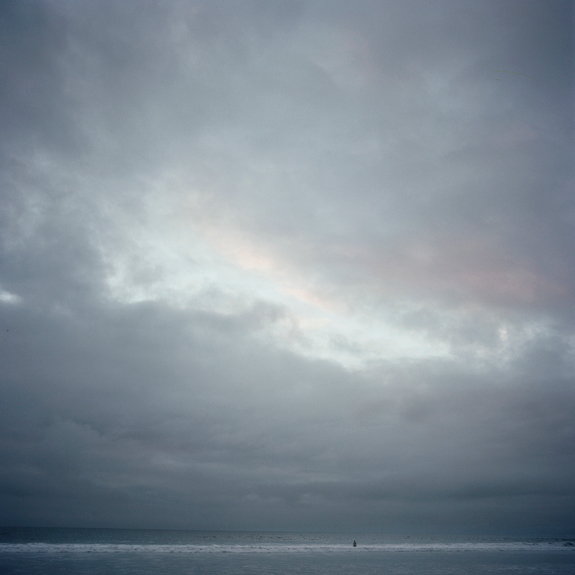
YoichiKawamura.com
Release
A horizon line represents a gateway to Enlightenment — a Release, which is…
The marriage between the Carnal and the Eternal worlds (Joseph Campbell)
The axis mundi: an established center point or navel of the universe (Mircea Eliade)
The connection of the sky with the ocean, the desert, or the Midwest Plains that leads the viewer to his or her inner place of self.
This work records my visceral experiences of seeing the connection between the world of physical reality and the unseen inner world of consciousness. The images represent the moment where we, as physical beings, touch the ethereal world. Where we can choose open space and gently, passionately, visually, emotionally, spiritually, physically, and meaningfully experience the point of release between the Eternal and Carnal worlds.
Carnal space is essential, a prerequisite for life. Our bodies are a product of nature, made from materials in the universe that produce impulses and needs that result in the creation of our material world: a world of time and space, a world of suffering and sorrow, a world of reality. Eternal space is that which is seen but not felt. Called emptiness or nothingness in Buddhist traditions, it is timeless and infinite, the sublime. Never nihilistic but expansive like the universe, it is inside us and exists without judgment.
Empty space contains meaning and offers choices to create the eternal or profane space — the mindful Zen garden of Ryoan-Ji in Kyoto or the chaos of Las Vegas. When space is devoid of meaning, we risk creating T.S. Eliot’s Wasteland — a world without significant inner meaning.
There needs to be a balance. In all our scientific undertakings and successes, we have improved the material world. Progress in our understanding of the Eternal space has not been equally as successful. Yet, intuitively, we sense that the profane and sacred live side-by-side as equals within us. Without the sacred, we live in the profane, or The Wasteland. Without the profane, we cannot attain the sacred. To live only within the sacred would have no meaning within the profane. It is only by embracing the sorrow and death in the world of space that we find meaning (or give reference to the sacred) found in the moment and eternity of life.
The images are intuitively composed so that open sky and reality are paired, yet open space is predominant. As opposed to traditional imagery (in antiquity) where the sky usually represents the male energy and the earth (and moon) represents female energy, I unconsciously reversed these qualities: the sky is more feminine and the ground is more masculine. The horizon in many images represents the release point between human existence and ethereal meaning.
Shades of blue are predominant in this work. Optically, blue is perceived from the oldest parts of our optical system. I believe that our penchant for Blue represents our evolution as organisms from the ocean. When basking in an ocean wave, we look up and see either blue water or blue sky. Clear blue skies are hopeful and emotionally attractive, commonly associated with values such as harmony, faithfulness, infinity, and safety; it is consistently the most popular color worldwide. Cloudy images create a Ganzfeld effect, where our eyes lose reference to visual reality. When combined with horizon, they suggest a point of release, where eyes lift upward into the expanse of the eternal while also turn inward into the expanse of the self.
— Yoichi Kawamura, Claremont, California, USA













